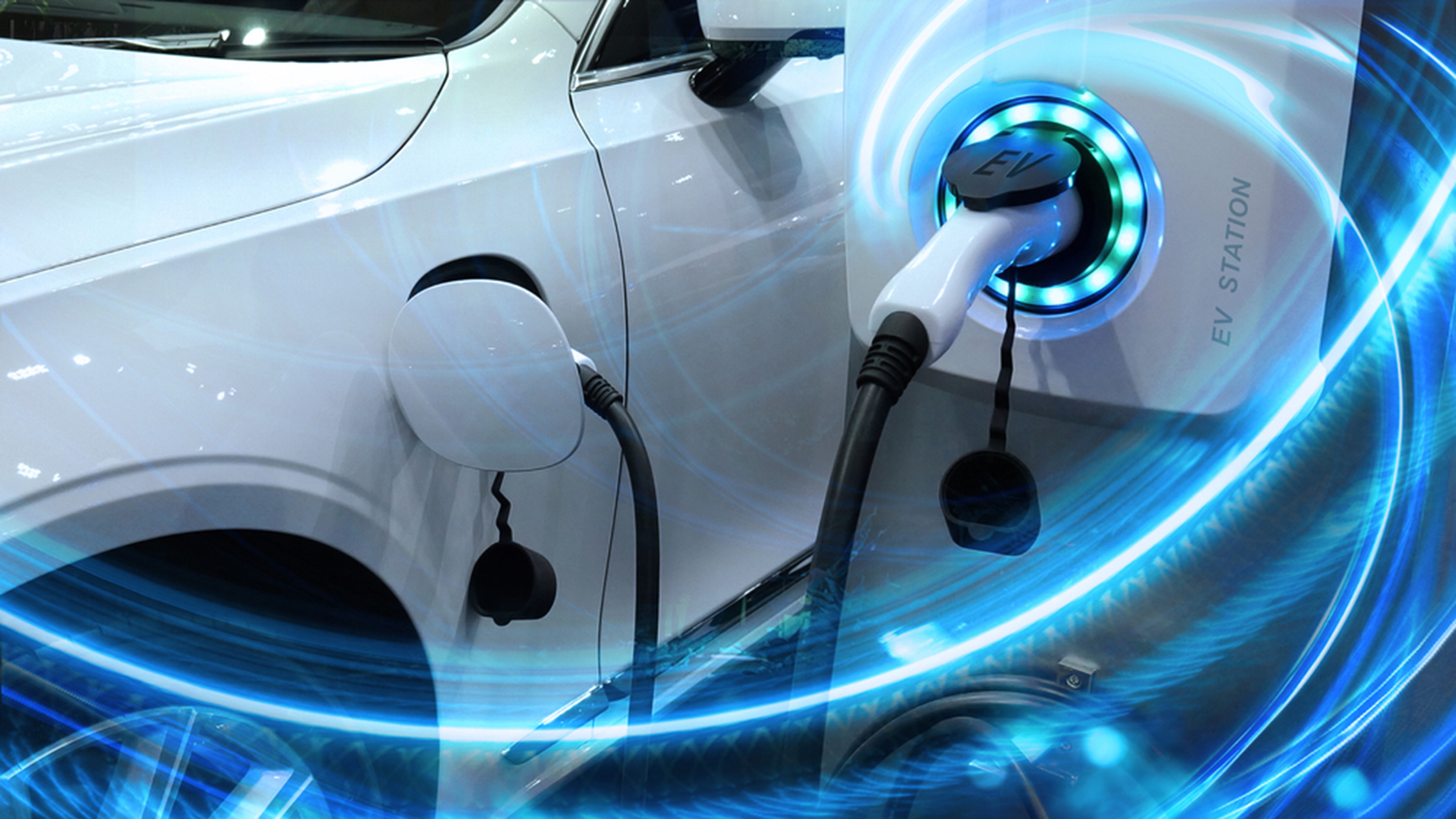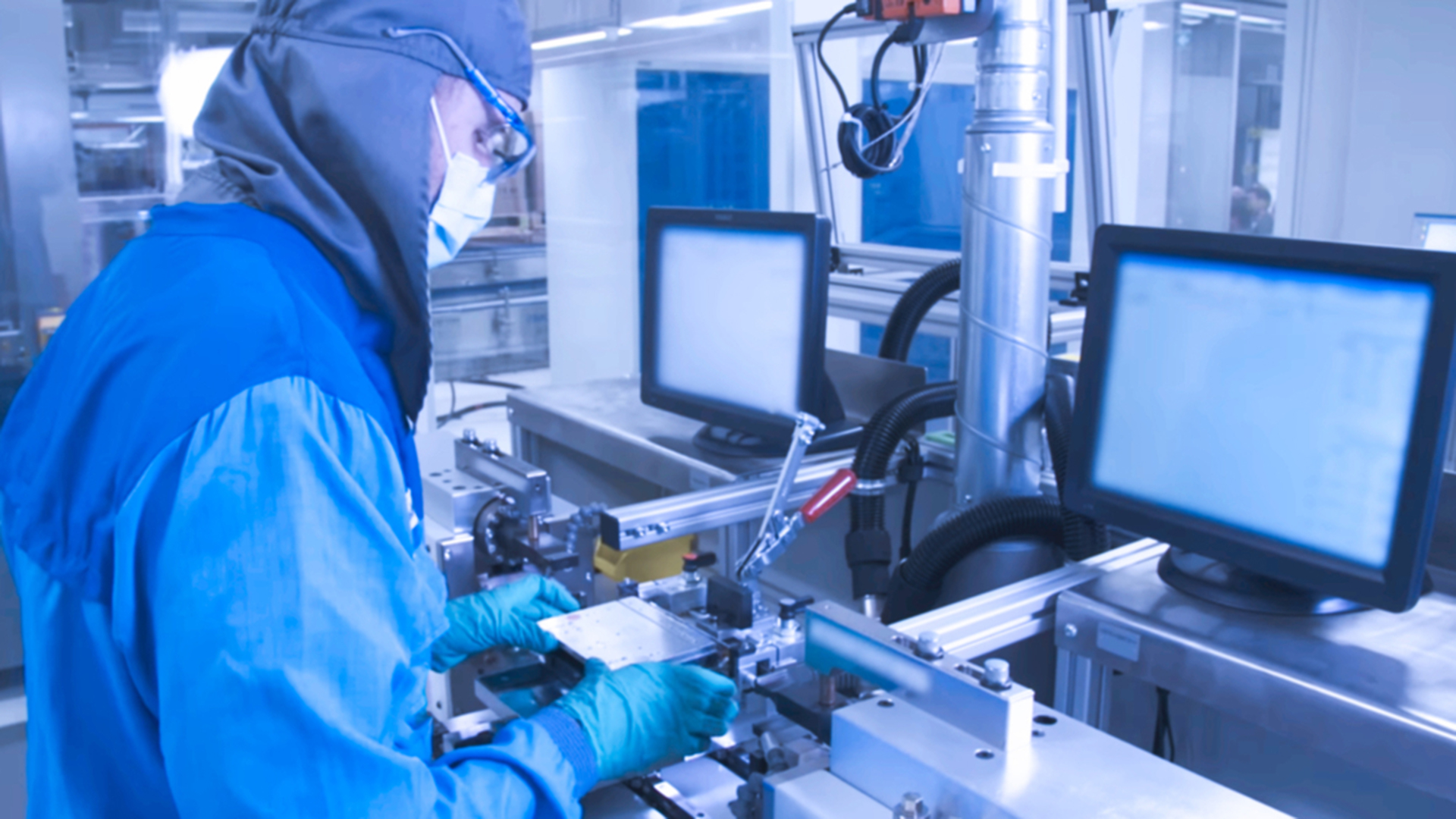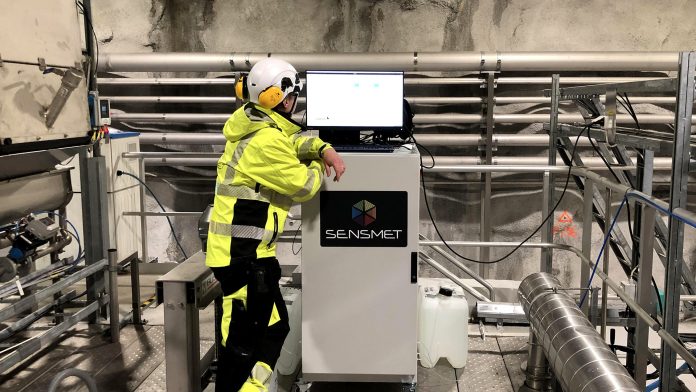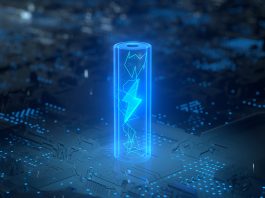In a groundbreaking development, Sensmet has pioneered a cutting-edge online monitoring technology that represents a paradigm shift for the lithium production sector.
To meet global decarbonisation targets to combat the impacts of climate change, ramping up the production of green technologies, such as EVs, will be key to achieving net zero ambitions globally. Crucially, establishing reliable supply chains for lithium, the vital ingredient in EV batteries, will be critical, although lithium production challenges persist concerning quality and efficiency.
A small start-up business in Finland called Sensmet has now innovated an online monitoring technology known as Micro-Discharge Optical Emission Spectroscopy (µDOES®) that promises a step-change improvement in both lithium production and recycling of battery metals.
Dr Toni Laurila, the CEO of Sensmet, explained: “We bring the analytical performance equivalence of laboratory ICP-OES next to the production process where real-time metal concentration results are acutely needed. In comparison with laboratory analysis, Sensmet’s technology provides robust, fully automated online measurement, which offers enormous advantages for process management and quality control.”
Demand for EV batteries is forecasted to increase exponentially
The International Energy Agency (IEA) estimates global sales of new EVs grew from three million in 2020 to 6.6 million in 2021, and with increasing numbers of governments pledging to discontinue sales of petrol and diesel vehicles, demand for the batteries in EVs is set to escalate even further.

It has been estimated that two billion battery-electric, plug‐in hybrid and fuel-cell electric light‐duty vehicles will be needed by 2050 to meet net zero targets. Each EV lithium-ion battery pack contains around 8 kg of lithium, and last year global lithium production was 100,000 tonnes. Lithium is also required for a wide range of other products, including mobile phones, laptops, and energy storage systems. Consequently, lithium production has enormous demands to be efficient, high-quality, and fast. Similarly, it will be necessary to recycle the components of EV batteries that have reached the end of their useful service.
High-purity lithium hydroxide or lithium carbonate is required for battery manufacture. Impurities represent a significant challenge because they cause: poor charging performance, which lowers the range of EVs; more frequent charging; poorer performance in cold temperatures; and, in some cases, they can cause batteries to overheat.
Current methods are expensive, time-consuming, and labour-intensive
Battery metal manufacturers predominantly rely on batch sampling and laboratory analysis to control their processes, but typically this incurs a delay of four to ten hours, meaning process managers cannot adjust the dosing of chemicals efficiently.
Consequently, raw materials are wasted, and product purity – the most important product quality – is difficult to control, which is especially important because impurities significantly affect the performance of lithium-ion batteries. Sampling for laboratory analysis is also laborious, expensive, and often rather challenging to arrange 24/7 reliably. Due to this, continuous monitoring has long been the dream in lithium manufacturing.

µDOES® transforms the lithium production landscape
µDOES® enables the real-time analysis of multiple metals, including alkali metals, such as any battery metal and their impurities, and is also suited to the ‘black mass’ recycling of battery metals. The patented technology is based on atomic emission spectroscopy, creating a micro-discharge (electric spark) directly inside the aqueous sample, causing a microscopic volume of the fluid surrounding the spark to be flash-heated to 10,000 °C.
Molecular species in the micro-discharge are dissociated into atoms, which are excited to their respective higher electronic states and, when they return to their ground state, release their excess energy by emitting light at their characteristic wavelengths. µDOES® measures this atomic emission spectrum to perform a quantitative analysis of the metals contained in the sample. Data from the µDOES® analyser are displayed locally, showing the concentrations and trends for each metal, and alarm levels can be set for each element. Results are transferred digitally to users’ databases and the cloud.
What are the advantages of continuous monitoring?
Because of the high financial costs of lithium production, accurately dosing precipitation chemicals is essential. For example, when sodium carbonate is added to a slurry containing beta spodumene under high temperature and pressure, lithium carbonate and analcime solids are formed. If insufficient sodium carbonate is dosed, some of the lithium will not react to form lithium carbonate, and unreacted lithium will be lost in the side product analcime sand. This is extremely undesirable because it represents a loss of revenue. Overdosing is also undesirable because it would result in a waste of process chemicals.
Moreover, continuous monitoring is also vital for reducing battery metal impurities such as sodium, potassium, copper, zinc, and calcium, all of which can be measured by µDOES® at any stage of the hydrometallurgical production and recycling process. Strict monitoring and control can therefore reduce the impurity levels and thereby prevent the cost and delay incurred by a retreatment.
µDOES® expertly performs lithium production from spodumene
Keliber, a subsidiary of Sibanye-Stillwater, utilised the µDOES® analyser in a pilot-scale test programme in 2022. During the project, battery-grade lithium hydroxide monohydrate was produced from spodumene concentrate treated by high-temperature conversion in a rotary kiln and a hydrometallurgical technology was developed to produce battery-grade lithium hydroxide monohydrate by soda pressure leaching. The pilot ran continuously at the demonstration plant for 400 hours, achieving a total lithium recovery rate of more than 88%.
The analytical performance of the µDOES® analyser was tested by Keliber for the continuous optimisation of precipitation chemical dosing. Around 80 samples were drawn from the process, and the sodium and lithium concentrations were analysed in parallel using the µDOES® continuous analyser and a laboratory ICP-OES. The results showed an excellent correlation between the µDOES® and laboratory analysis.
Sami Heikkinen, Site Manager at the Keliber Lithium Chemical Plant, commented: “Chemical dosing based on reliable real-time data brings stability to the process, which is very important because it avoids drift and optimises both yield and quality while minimising cost.”
As the EV market develops and global battery metal resources start to dwindle, there will be an even greater emphasis on new technology that can help improve the quality and efficiency of lithium production and recycling old batteries. µDOES® represents a breakthrough technology that will help the battery industry to realise its dream of effective process and quality control.









